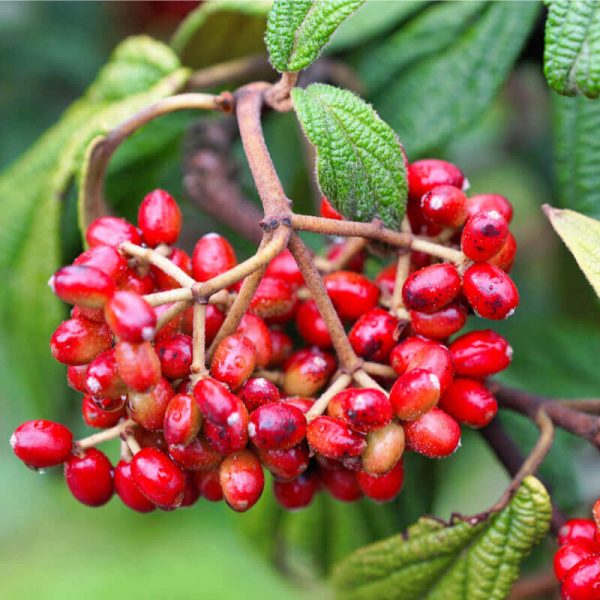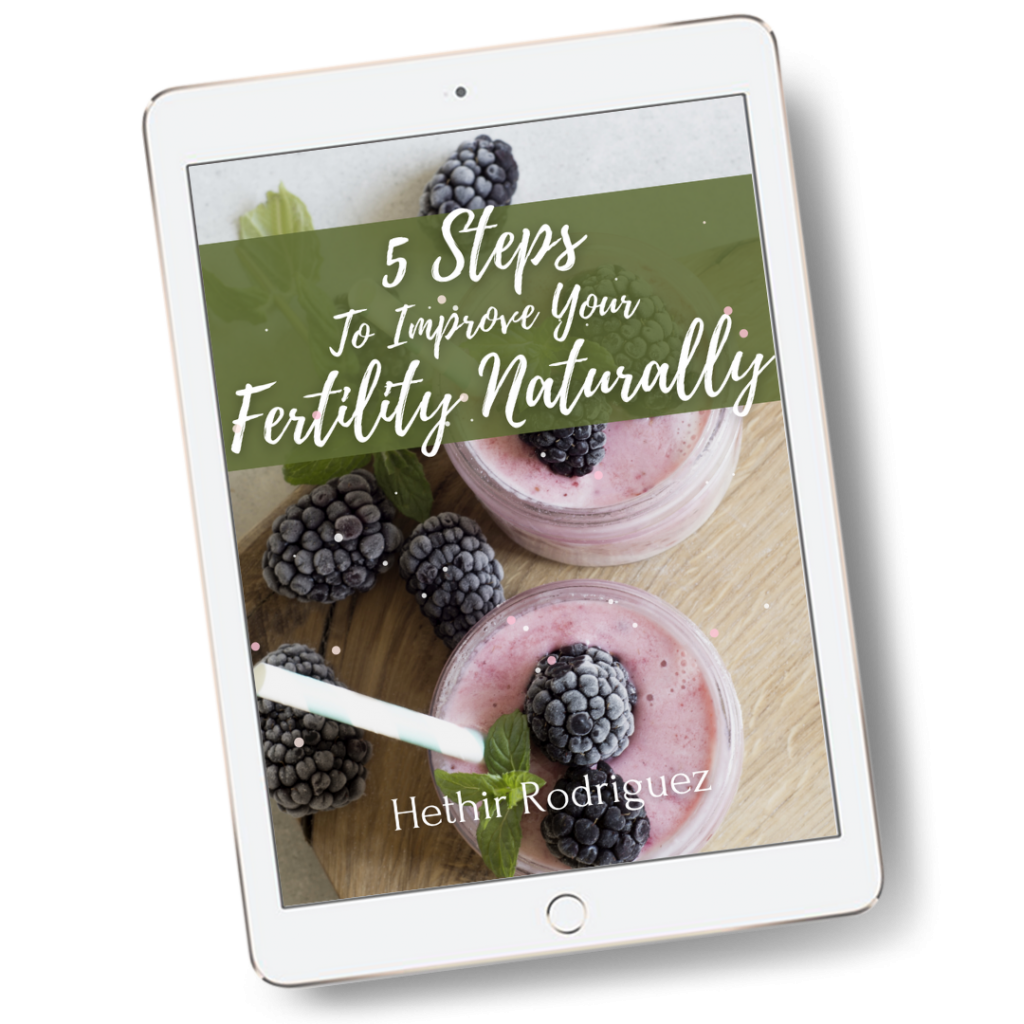Hands down, Cramp bark and Black haw are favorites of mine. If you were ever wondering what herb to have in your house for pain, it may be either one of these sister herbs. Cramp bark (Viburnum opulus) and Black haw (Viburnum prunifolium) are in the same genus and may be used interchangeably. If you have ever experienced painful menstrual cramps or cramping of the uterus due to threatened miscarriage, miscarriage, or after birth pains, you know that only one thing crosses your mind- please make the pain stop! This is where these herbs shine. Just check out the superhero-like actions of these plants…
Muscle Relaxant
Cramp bark and Black haw are considered among the most important uterine antispasmodics. What does this mean? These herbs have the ability to relax smooth muscle, for example: intestines, uterus, airway. They also are relaxing for striated muscle as well, these are muscles attached to the skeleton, like the ones in your limbs.
Painful menstruation is known as Dysmenorrhea which literally means “difficult menstruation”. Each month when the uterine lining sheds as menstruation, the uterus must contract. In women with dysmenorrhea the contractions are very painful. The uterus may even spasm. Pain can be localized to the lower abdomen, but it can also be in the lower back, in the vulva, as well as radiating down the thighs. Cramp bark and Black Haw are extremely effective at reducing uterine contractions, and uterine muscle spasm.
It is safe to use for several days prior to onset of menses in anticipation and prevention of painful cramps. I can attest to this; plants have wonderful pain-relieving action. I personally feel this herb is one of the best herbs to have on hand at all times for any sort of menstrual pain, I prefer it over NSAIDs. There is also no risk of liver or kidney damage from this herb like there is with NSAID use.
Another beneficial use may be for threatened miscarriage. It has been used for hundreds of years to help prevent miscarriage. If there is uterine cramping without cervical dilation, cramp bark has been traditionally used to help stop uterine spasm and contractions in early pregnancy. Both Cramp bark and Black haw are traditionally combined with other herbs such as Partridgeberry, Vitex, and Wild yam for threatened miscarriage. You would not want to use vitex and wild yam in pregnancy without being under the supervised care of a skilled practitioner trained in the use of herbal medicine.
If you are going in for a gynecological exam, one of these sister herbs may be able to help you relax, aiding in muscle and nervous system relaxation, while also mildly sedating to help the exam go smoothly, without as much anxiety or tensing up. Will also help to manage any pain that may occur from the exam.
These herbs have a uterotonic action, allowing the muscles to relax, yet work efficiently. This action also makes it a considerable choice for women with absent periods.
Poor Circulation
Muscles that are relaxed work more efficiently, allowing for increased circulation, which improves not only blood flow, but removal of waste products in that area of the body. Cramp bark and Black haw have been shown to have a specific action on the uterus; the relaxing action increases circulation to the uterus, allowing for toxin removal which may aid the uterus in healing and overall improvement in uterine health.
Mild Sedative
Need to relax? These herbs may help, especially where there is pain present. Both have have a mild sedative action, aiding the body in reducing anxiety, nervous tension, and irritability, while promoting a sense of calm and well-being.
Nervine
Excellent aid for nervous tension. As I mentioned above, if you are going in for an exam and you are feeling tense about the situation, one of these may be able to help you relax through the session, leaving better off than when you went in.
All of these combined actions have made Cramp bark and Black haw useful for the following conditions…
- Premenstrual migraine
- PMS
- Dysmenorrhea
- Pain associated with ovarian cysts, uterine fibroids, endometriosis
- As part of a heavy menstrual bleeding management plan
- Threatened miscarriage
- Miscarriage
- Incontinence, uterine prolapse due to weak pelvic floor muscles
- After birth pains, safe for use when breastfeeding
- Postpartum hemorrhage
What is the difference between the two herbs?
Cramp bark (Viburnum opulus) has many other common names: Guelder Rose, Water Elder, European Cranberry bush, & Snowball Tree. It is native to Europe and Asia. The part of the plant used is the bark.
Black haw (Viburnum prunifolium) is native to North America, from Connecticut to eastern Kansas, and then south to Alabama and Texas. Common names include stag bush, sweet viburnum. Plant part used is the root bark of this plant.
If you love herbs and live in the United States, Black Haw is our native species. Black haw and Cramp bark have been shown safe to combine.
These plants have only slight variations in their chemical make-up and those are considered so slight by herbalists that they are used interchangeably.
Traditional Suggested Usage
These herbs are best used for acute situations and pain management, not for continued use unless specified by a qualified practitioner.
Painful menstruation maintenance
Tincture: 3-10 mL a day or 1/2 tsp a day in a little water 2 times a day
Decoction: 1 tsp dried root bark to 1 cup water in a stainless steel or Pyrex pan, bring to a boil, cover, reduce heat to lowest simmer point, simmer 10 minutes. Strain. 1/2 cup 3 times a day or every 3 hours as needed.
Decoctions take more time because you have to prepare them, but they can be just as effective. A decoction is a liquid preparation where you boil plant parts in water. Decoctions are best for root or bark plant parts.
Threatened miscarriage
Please see our recurrent miscarriages page for complete formula and suggestions for use.
To learn more about related subjects covered in this article, please visit the following links:
Fertility Herb Partridgeberry for Miscarriage Prevention & More…
Wild Yam: Herb for Reproductive System Support in Women
- Romm, A. J. (2018). Botanical medicine for women’s health. St. Louis, MO: Elsevier.
- Chevallier, A. (1996). The encyclopedia of medicinal plants. New York, NY: DK
- Mabey, R., & McIntyre, M. (2004). The new age herbalist: how to use herbs for healing, nutrition, body care, and relaxation. London: Gaia Books Ltd.
- Weed, S. S. (2011). Down there: sexual and reproductive health the wise woman way. Woodstock, NY: Ash Tree.
- Black Haw (Viburnum prunifolium): Uses, Side Effects, Interactions, Dosage, and Warning. (n.d.). Retrieved from: https://www.webmd.com/vitamins/ai/ingredientmono-892/black-haw
- Cramp Bark (Viburnum opulus): Uses, Side Effects, Interactions, Dosage, and Warning. (n.d.). Retrieved from: https://www.webmd.com/vitamins/ai/ingredientmono-746/cramp-bark





